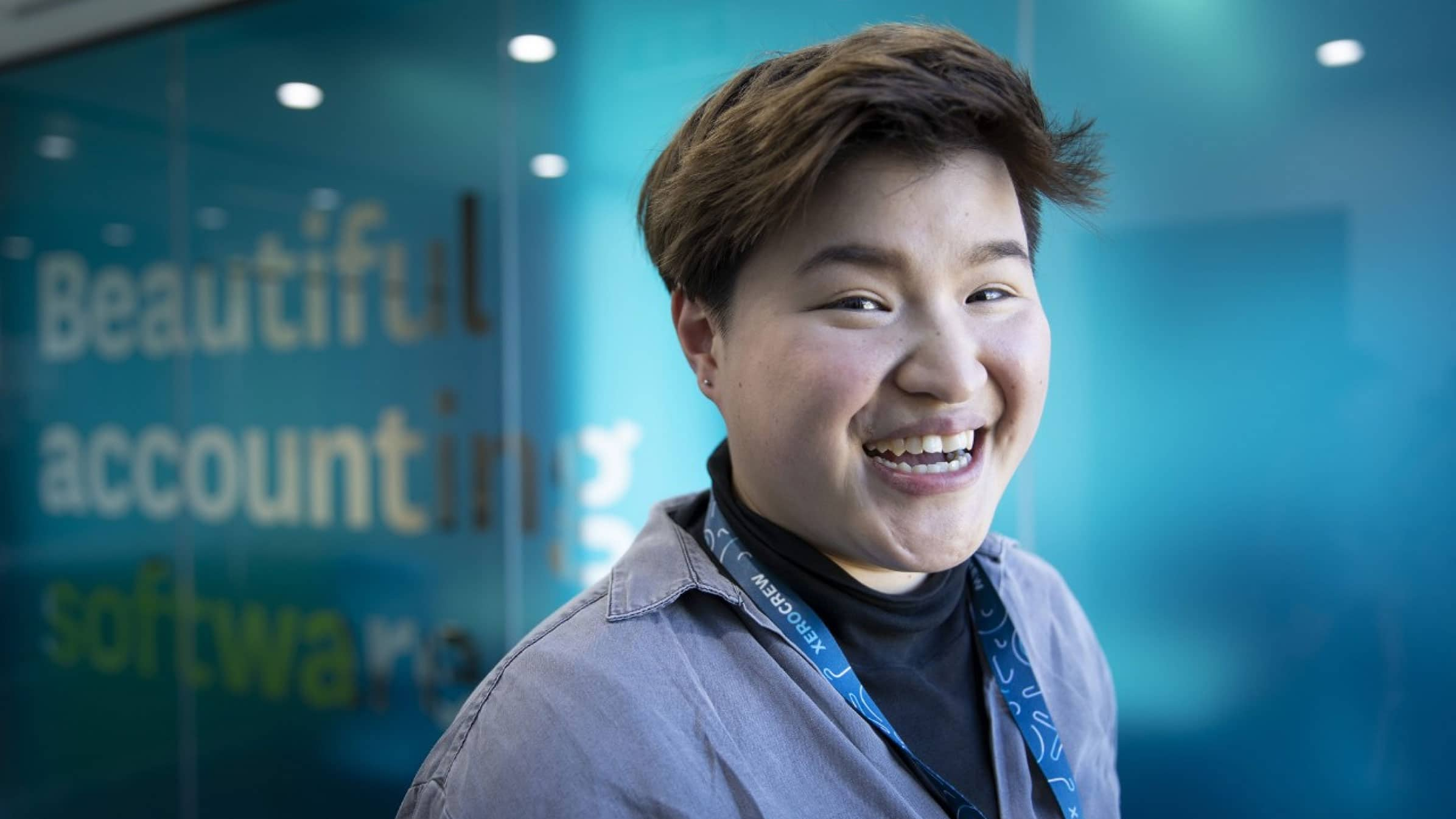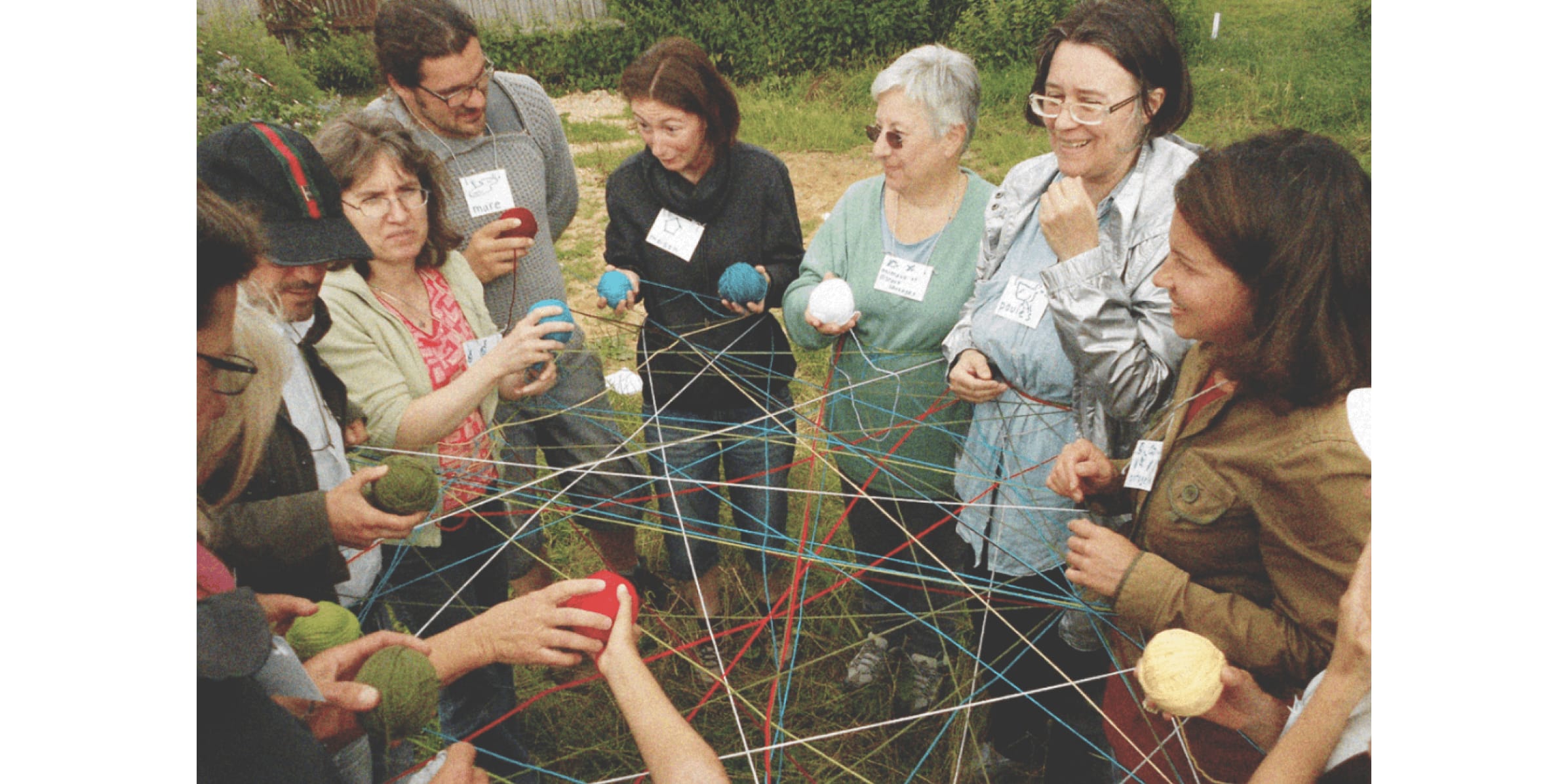Growing better communities with UX design
How this designer turned her passion for gardening into a social enterprise

An interview with Grace Tai, Product Designer | 6 min read
How did you get into tech?
I started out as a UX designer working in creative agencies. But one of my career goals was to use my design skills to help society. That led me to work with city councils and urban planners, where I learned how to consider user needs in the design, rather than just focusing on business growth. Then five years ago, I came to Melbourne for Link Festival Australia, a conference on design, technology and social change.
It was a mind-blowing experience, where everyone from architects and doctors to filmmakers and project managers came together to talk about how they use their skills to design better communities. It opened up a whole new world to me. I realised there was this huge social enterprise community in Melbourne and lots of businesses that were actively trying to give back to their communities.
So I moved to a design agency that worked with tech companies to build apps and websites in areas like medicine and education. I got to work on projects that were very dear to my heart, like creating a digital program to support people with suicidal thinking and a mental health program for leaders in startups. It was amazing, but eventually I came to a crossroad where I was really burned out and needed to think about my next steps.
Tell us about your startup
One of the things I learned at Link Festival Australia was the extent of the homelessness problem in Melbourne. I really wanted to help, but working long hours at the agency meant I was too exhausted to do anything but collapse on the couch at the end of the day. So I took time off work to learn more about homelessness and think about how I could use my design skills to make a difference.
My brother and I decided to start a social enterprise to support the homeless community. He’s a developer and I’m a designer, so it works well. We decided to build an app called The Green Samaritans that teaches people how to garden and look after their houseplants. The more greens people grow with the app, the more community gardens they can support, helping homeless women and their children grow a brighter future.
We started with lots of research: articulating the problem we wanted to solve, talking to people who run community gardens, and going to workshops on homelessness issues. We’re now in the development phase, testing prototypes and building the app itself. We’re pretty close to launching the app, which is really exciting.

What attracted you to Xero?
I took four or five months off work to focus on the startup and volunteer with Habitat for Humanity, building a house in Fiji for a homeless family. I knew I had to go back to work, but I wanted to prioritise things that were important to me, and to do that I needed a better work-life balance. I also wanted to work somewhere that shared my values around using design to support communities.
I had heard about Xero’s amazing culture through friends, so I knew that flexible working wasn’t just something they talked about but something they really believed in. And when I found out their goal is to help small businesses thrive, I knew it was the place for me. I really empathise with small business owners now, because I know what it’s like to start a business and worry about the accounting and tax side of things.
From my previous work, I also know that mental health is a huge and almost unspoken issue among small business owners, so knowing that Xero uses design to alleviate some of that stress and provide mental health support to customers and employees really resonated with me. I wanted to get behind it and design products that help people get home to their kids and have a better work-life balance in their business.
What lessons have you learned?
As a UX designer I’ve always taken a user-first approach, but at Xero I’m learning new ways to really walk in the customer’s shoes. The design and research team spend a lot of time talking to customers and trying to understand the problems they’re facing. It’s really about listening and trying to avoid assumptions and unconscious biases, which is something I’ve tried to do when creating my social enterprise.
One of the things I’ve learned about homeless communities is that safety is a big issue. Of course, social work is not my area of expertise, so I’ve had to listen carefully to women’s refuges and community services in this space and learn as much as I can because we need to be really careful and do it right. So taking those lessons from my design work at Xero has really helped.
Defining the problem is also really important. So many startups think of a cool idea and launch it without understanding if it actually solves a problem for their audience. I think Xero’s focus on helping small businesses thrive is kind of a north star for us in our design work, and it’s helped me retain that same focus in my startup. Understanding your ‘why’ is so important – it gives you an anchor when things get really tough.
Any tips on starting a side project?
Definitely find your why. Creating a startup is such a rollercoaster that you need something to keep you going so you don’t give up. I know I want to help the homeless community, so that’s what I remind myself when I get tired or busy or stressed. You don’t give up easily when you have a goal that you care about. Write it down, stick it on the wall. Don’t forget what you’re working towards.
Another tip is to find your community. One of the great things about Xero is there’s a great support network of other designers around the world. We have design sessions where we bounce ideas off each other and learn what everyone is working on. As a creative it’s really rewarding because you’re constantly learning and growing.
You also need to find a good work-life balance. In the beginning, I was so excited about my startup that I was working around the clock. But it wasn’t sustainable. You need to switch off and socialise, so you can come back to your project with renewed energy. I like that about Xero – we’re encouraged to use our annual leave and volunteer days so we stay healthy and well
How do you stay creative as a designer?
In some roles I’ve had, there’s this expectation that you need to come up with something really creative within a few hours or a couple of days, when realistically you need to marinate on the problem and do some research. Most of the time, stepping away from the screen and doing something else gives my brain the time to sort through everything and come up with a solution.
I love gardening. I think being in nature sparks creativity like nothing else. In the digital world you have a lot of control over things, but nature is so unpredictable. You’d think that watering a plant twice a week would keep it alive. But its survival depends on so many other things. So when you see a new leaf or a flower, it’s so exciting. Gardening has taught me a lot. I’m just hoping I can use that knowledge to give back to people who need it most.